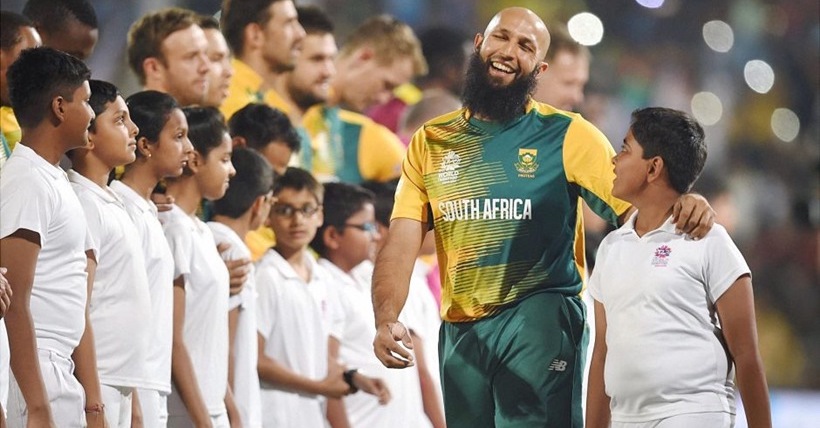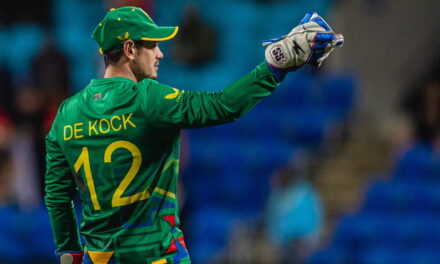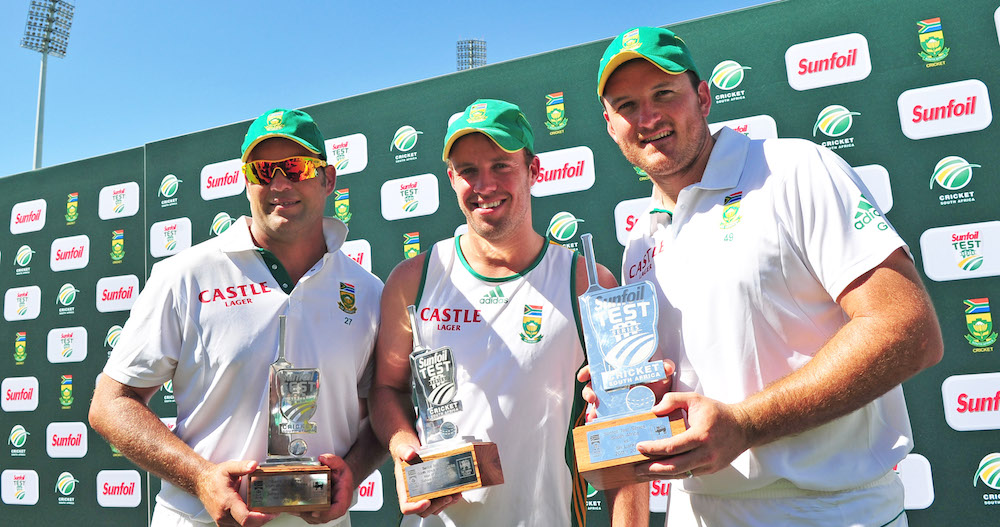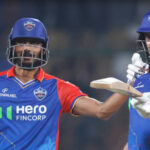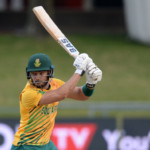An icon, a leader, a legend! Hashim Amla’s career beyond the records, accolades and on-field milestones.
It is easy to look at all the runs and records when summing up the great international career of Hashim Amla.
However, it is his contribution beyond the boundary that will ultimately show how his greatness will be measured in South African cricket.
For a moment, try to forget that the “Mighty Hash” is the first – and still only – Proteas batsman to score a Test triple century. (Yes, the Oval in 2012 will never be forgotten – a momentous occasion in South Africa’s sporting history.)
Try to also forget that the “Silent Warrior” currently holds the record for reaching the milestones of 2000, 3000, 4000, 5000, 6000 and 7000 runs quicker than anybody else that has played One-Day International cricket in the history of the game.
Humbleness is not a trait you would easily associate with most sportsmen in the world, especially great sportsmen, but Amla was not one to speak much or show huge emotions.
He epitomized the very essence of what being a truly great human is, irrespective of what you achieve on the field.
Back in 2004, when he first entered the international arena, Amla was struggling for runs and he was lambasted by the media – especially in South Africa – for his supposedly flawed technique.
He was dropped after just three Tests but, true to his character, he never cried foul for not getting enough opportunities to prove his worth.
Amla simply went back to to the Dolphins and piled on the runs in domestic cricket – without changing much in his batting style.
When he returned to the Proteas side in 2006 and scored his maiden Test century (149) against New Zealand at Newlands it would have been easy for Amla to turn to the media box and do a Nasser Hussain-like celebration of “up yours” to everyone that wrote him off.
Instead, he showed his inherent graciousness with a somewhat “quiet” celebration and that hundred would eventually be the catalyst for a majestic career.
Then, while forging a successful Test career, Amla was pigeon-holed by the same South African media as a long-format cricketer.
He again never uttered a word about the criticism and just got on with it, and how? He proved to be one of the greatest batsmen against the white-ball that the world has ever known and currently has the most centuries in a Proteas ODI shirt.
In a career that would see him being called a terrorist by commentator Dean Jones – that rightly caused an uproar in South Africa – Amla just brushed it off and, being the human that he is, forgave the Australian after his apology.
His character and demeanour would see him earn massive respect, not only from his teammates who always speak about the positive influence he has in the dressing room, but also from all of his opponents.
Amla showed, especially in South Africa, you could be different – in style and technique – but still succeed on the highest stage.
He opened doors for other players, who are also unique, to gain recognition.
Where others were maybe forced to use brute force and puff out their chest to show their bull-terrier presence, Amla showed that calm and steady can also prevail.
The moment that I fondly remember about Amla is when, after hitting yet another century on THAT England tour in 2012, he was asked by former England captain Mike Atherton how it feels to be the best batsman in the world. Amla just shrugged and responded “Really? I’m not even the best batsman in my team”.
That response defined the character of the man that was steadfast in his faith and he was always happy to lend a helping hand to a younger player that was starting out.
Cricket will always remain a sport, more than any other, that will see you defined by your numbers but Amla’s contribution to South African sport goes much, much deeper than that.
An icon, a leader, a legend! All we can do is applaud you and from the bottom of our hearts say Thank You!
Photo: indianexpress.com/PTI

